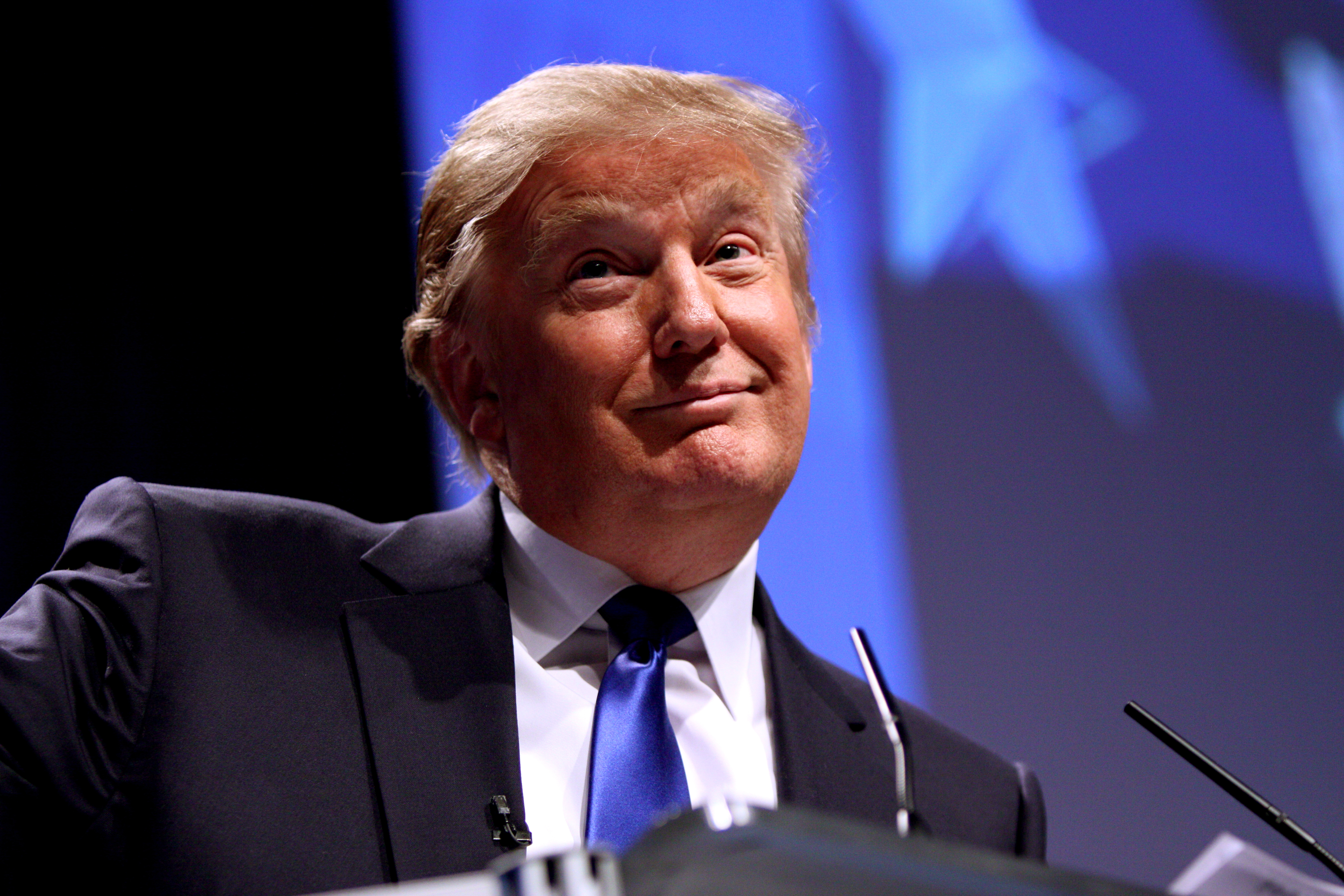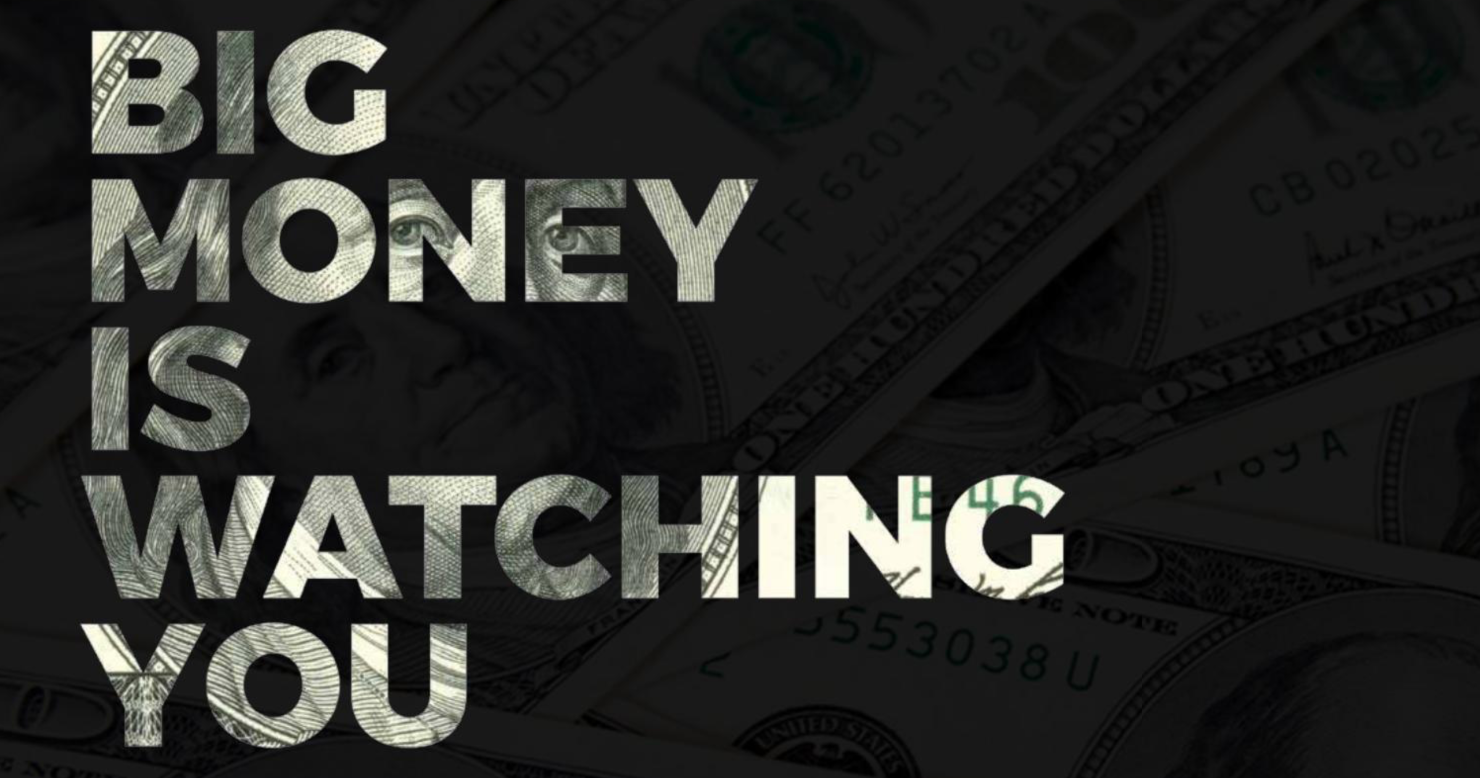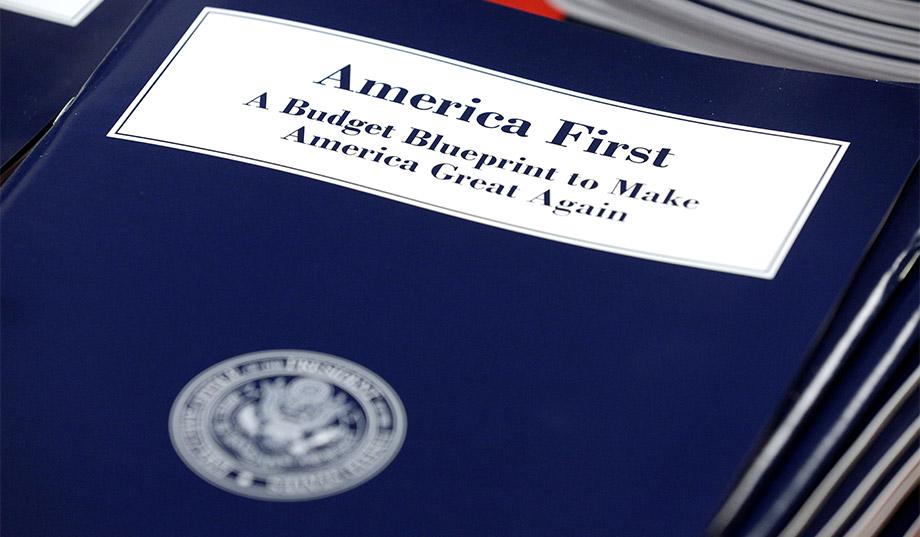By Alex Soderstrom
With November 8 approaching, one of the wildest election cycles in recent American history is coming to a close. While plenty of attention has been given to the scandals of both Democratic nominee Hillary Clinton and her Republican counterpart Donald Trump, a possibly groundbreaking development has been largely ignored. As Clinton and Trump have battled over policy during the last four months, the billionaire GOP candidate has waged a markedly different campaign from his opponent, as well as past presidential candidates.
Trump’s 2016 campaign has been defined by a cash deficit compared to Clinton, yet he has remained competitive through months of campaigning, staying within striking distance and even leading at times. This is because Trump has followed a strategy that emphasizes media coverage and social media exposure over traditional TV advertisement. In doing so, Trump has created a potential blueprint for future cash-strapped campaigns to compete with better-organized and better-funded infrastructures.
As of October 21, Bloomberg had Trump’s campaign trailing Clinton in every financial category. The GOP candidate had raised some $392 million this election cycle, far behind the former secretary of state’s $776 million. This cash gap has translated into an extreme disadvantage for Trump in terms of political advertisements, where the Manhattan real estate developer has been outspent by Clinton by $100 million.
In fact, Trump has spent less on advertising than any presidential candidate since 2000, yet his performance has made this deficit seem largely insignificant. Instead, Trump’s campaign has been lifted by other, cheaper forms of political exposure.
Since announcing his seemingly improbable bid for president in June of 2015, Trump has dominated nearly all forms of media. Analytics firm mediaQuant quantified Trump’s free media coverage between June 2015 and March 2016 as being worth $2 billion, more than twice as much as the free coverage received by Clinton.
The Republican nominee’s ability to draw this free coverage lies in his tendency to make controversial statements, markedly different from those of other politicians. From calling out Mexican immigrants as criminals and rapists to promoting a ban on Muslim immigrants coming to the U.S., Trump has come across as a straight-talker to some and a provocateur of fear and hate to others. Either way, he has proved irresistible to news outlets, as evidenced by his unmatched exposure.
Besides traditional media coverage, Trump has utilized social media far more aggressively and effectively than Clinton. There is no better example of this than Twitter, on which Trump has nearly 3 million more followers and 27,000 more tweets than his rival. This matters because it has given Trump a massive advantage in spreading information online. As of August, Trump had been retweeted more than twice as often as Clinton.

Trump already had a significant Twitter following before he announced his campaign, though his 3 million followers in July of 2015 are now dwarfed by his current following of over 12 million. The Republican nominee’s real advantage in the Twitter war is his insistence on tweeting nearly everything himself, as opposed to the often staff-generated tweets of most politicians. This enables his tweets to maintain the same distinct voice as Trump, making the messages more authentic and, frankly, more interesting.
The Trump campaign has proven how far social media success can go. Marketing research indicates that social media is a far superior medium of advertising compared to radio or TV, especially when it comes to cost effectiveness. Another perk of social media, especially Twitter: a strong, loyal following is built quickly. So while plenty of Trump’s followers have no intentions of voting for him but simply want to witness his signature late night rants, millions are following and retweeting, spreading the GOP candidate’s campaign faster than broadcast or traditional word of mouth ever could.
All of this means Trump has crafted a way for politicians to campaign successfully without the money previously considered necessary in a post-Citizens United world. That Supreme Court case, Citizens United v. Federal Election Commission, removed spending restrictions on political advertisements not affiliated with a campaign. This decision increased the influence of Political Action Committees in elections. Under Trump’s model, however, a wider variety of individuals can realistically seek competitive political office, especially at the federal level, and spend less time fundraising while doing so. Plenty of politicians scream for campaign finance reform, but Trump is showing that public officials might not need to go after big money in the first place.
Detractors will say Trump’s campaign strategy is ineffective because he is trailing in nearly every national poll. Several factors, however, including Trump’s ability to alienate entire demographics and his unpopularity within his own party, make it miraculous he is within five points of Clinton nationally so close to the election. The last candidate to employ a similar degree of decisive rhetoric, 1964 Republican nominee Barry Goldwater, lost in a landslide of historical proportions.
The real weakness of Trump’s campaign has been the candidate’s unpredictable and unpolished behavior. It is clear Trump believes all publicity is good publicity. He once even claimed he could shoot somebody in the middle of 5th Avenue in New York City and not lose voters. In reality, there are plenty of cases where Trump destroyed his campaign’s progress with negative media coverage. A prime example was the comments Trump made about the parents of slain Army Captain Humayun Khan in July. The incident did nothing to promote the campaign’s message and resulted in an onslaught of bad press. Ultimately, Trump slid from a one-point lead to a deficit.
If a candidate is able to more tactfully apply Trump’s campaign strategy, however, he or she may unlock the future of political campaigns. Creating media exposure and placing heavy emphasis on social media over TV advertising will save money and enable a candidate to relay his or her distinct voice more effectively. These qualities would have a hefty payoff, especially for members of Congress, who are expected to fundraise up to $18,000 a day to sustain expensive campaign operations. Trump may have opened up a world in which candidates can communicate more directly with voters and, once in office, spend more time working for constituents.
Imagine that.


